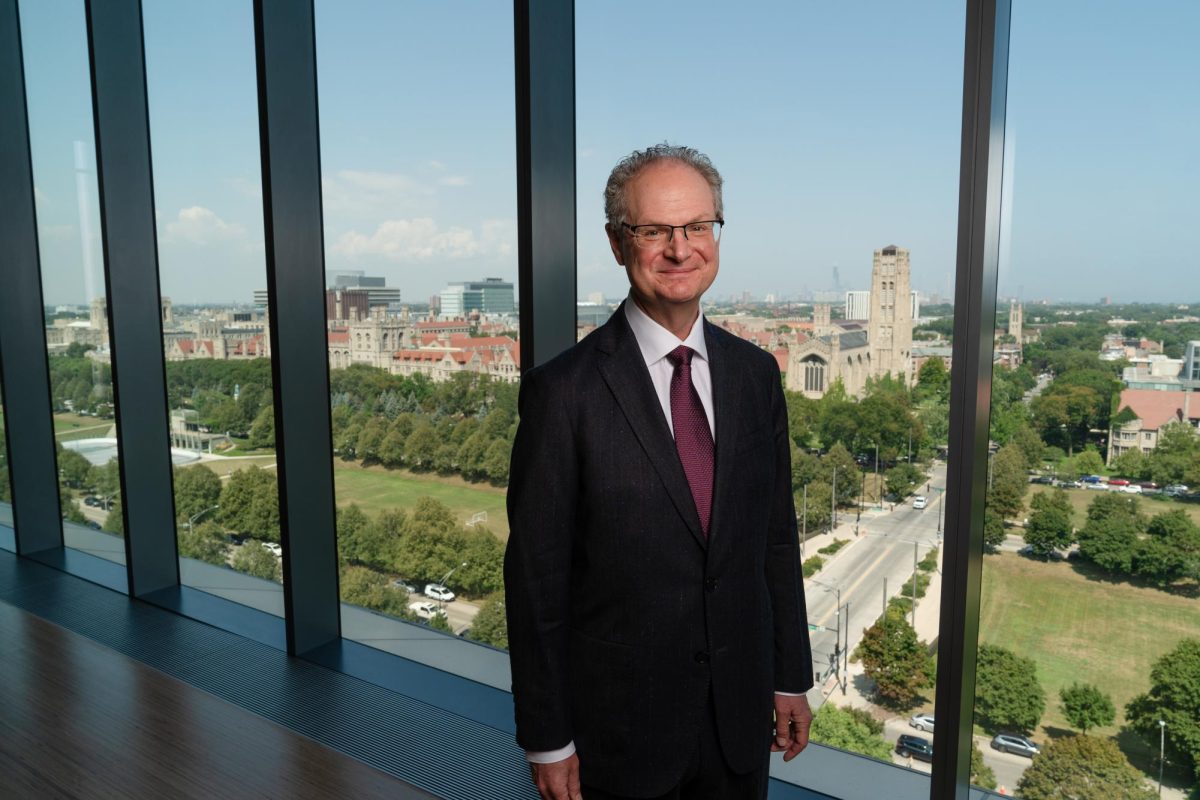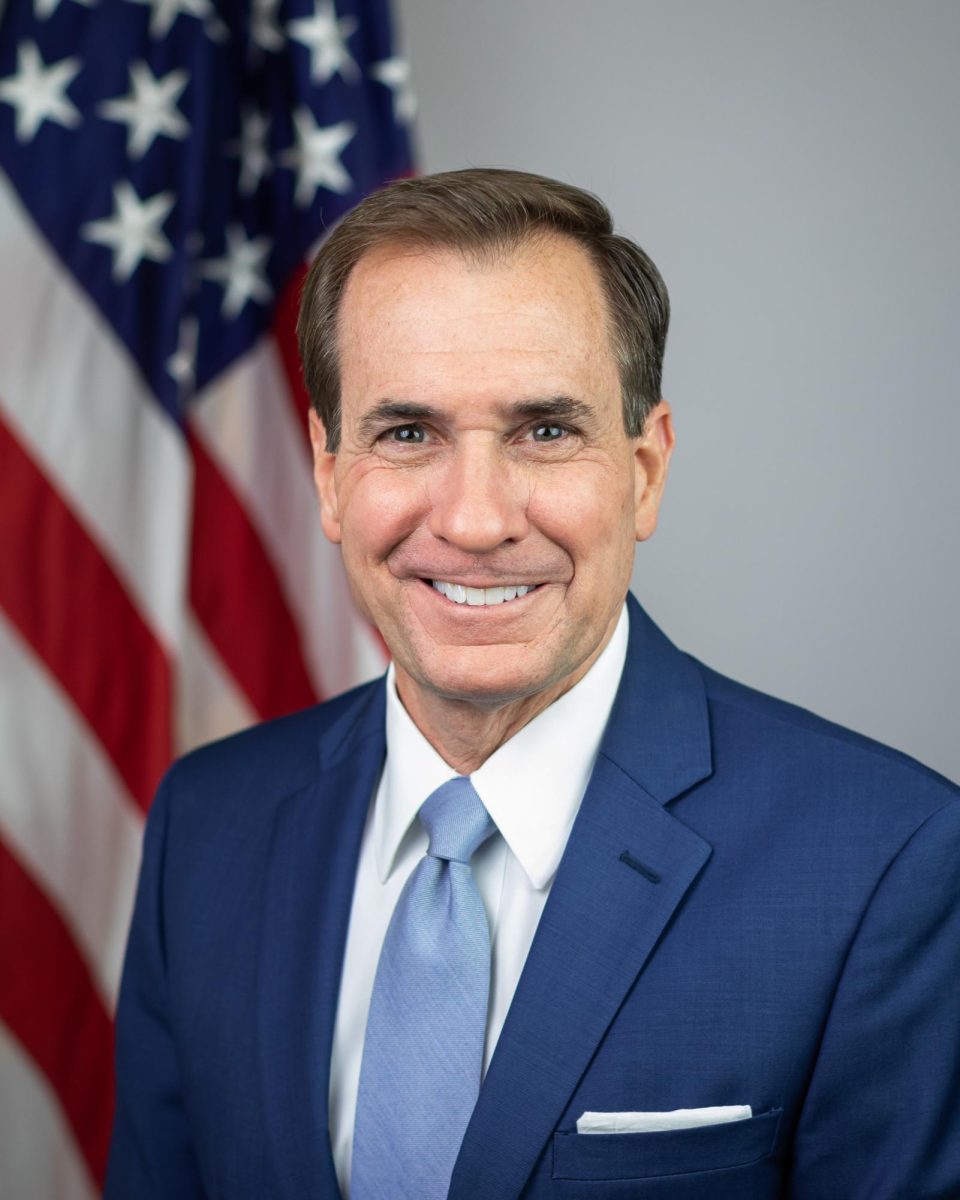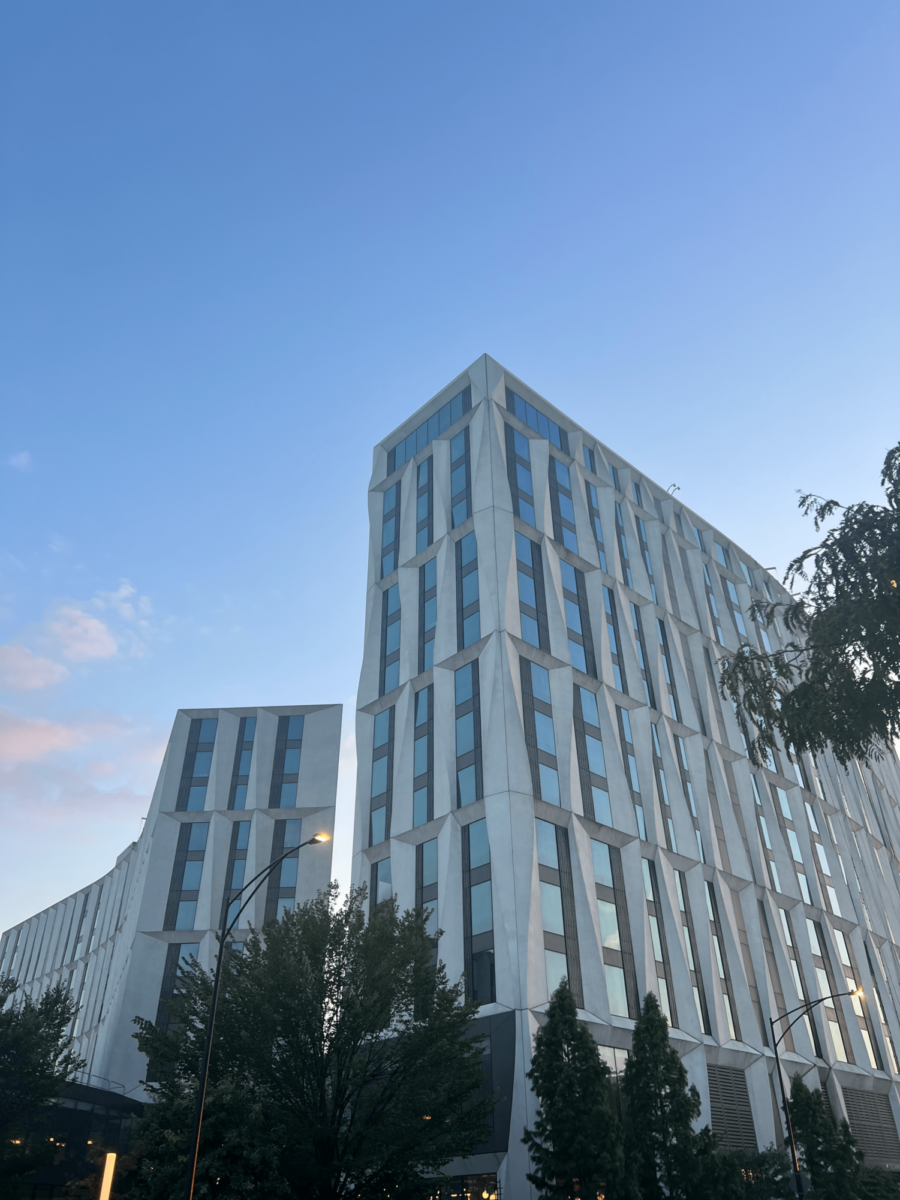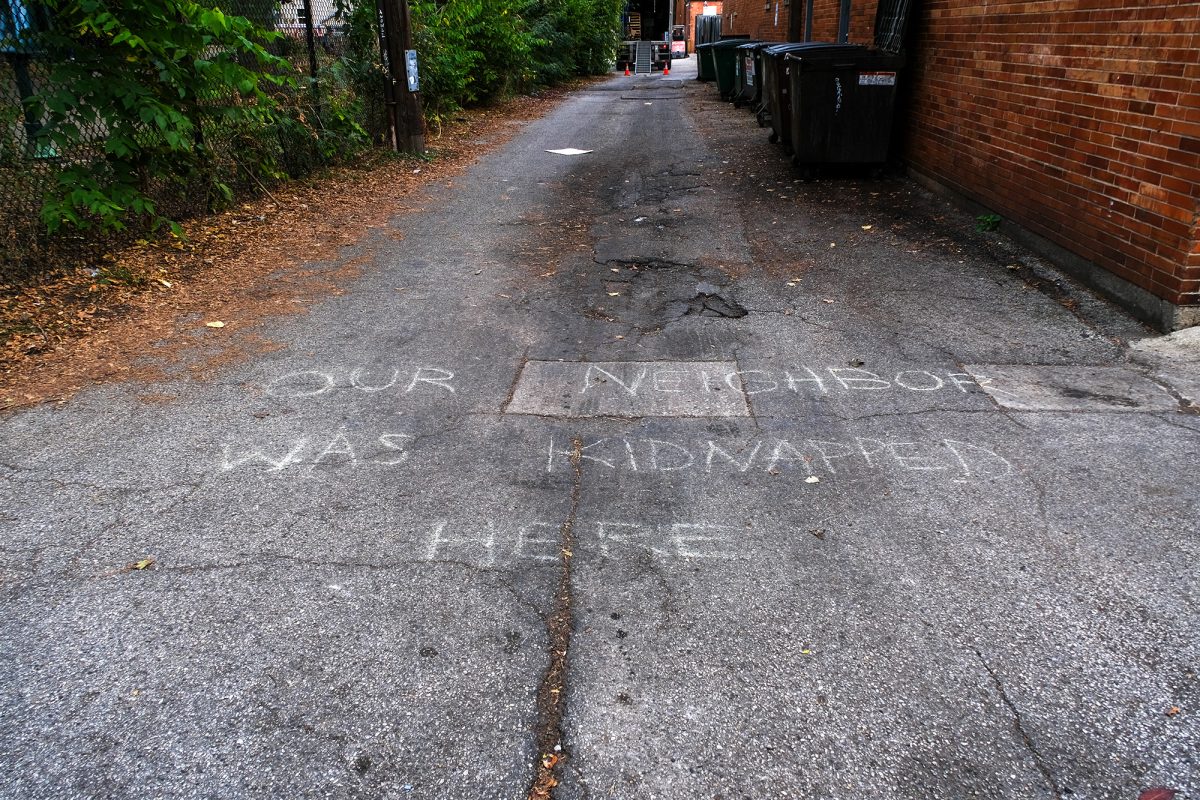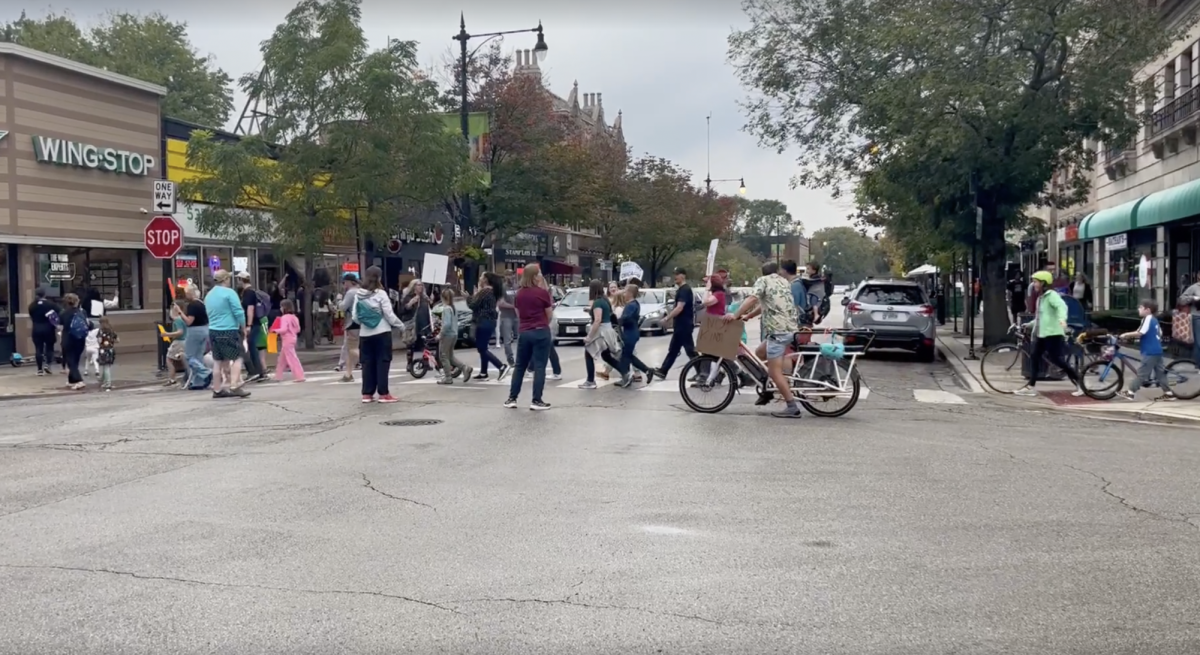The University has selected five architectural firms as finalists in a competition to design a new, $100 million arts center on the south side of campus.
The rudimentary plans for the Center for Creative and Performing Arts (CCPA) include a performance hall, a recording studio, a climate-controlled film storage vault, three black-box theatres, and additional music practice rooms. The proposed building will be located on the Midway at Ingleside Avenue and connected to the existing Midway Studios, which are also expected to undergo renovations.
The five final candidates were chosen from a pool of 60 architectural firms. A similar architectural competition was held for the design of the Graduate School of Business.
“We want this building to symbolize the creativity at the highest level, so we thought the activities of the building would be themselves well represented by top-flight architects,” said Danielle Allen, dean of the Humanities. “We thought the best way of engaging them in the most energetic forms of creativity would be a competition.”
Bill Michel, assistant vice president for student life, drew a parallel between the CCPA and the new Gordon Center for Integrated Sciences. According to Michel, the Gordon Center aimed to foster scientific creativity by bringing scientists from different disciplines into the same building with shared lounges and cafés. “Having the music practice rooms and things intertwined in these spaces provides a real opportunity for people to interact with each other,” said Michel.
Michel noted that use of the building would not be restricted to art students. “This building is going to be…a space where our students can come together, whether they’re making films or doing a cappella or if they just want to experience the art,” explained Michel.
“If you look at what’s happening in the world of contemporary art right now, you’ll see a remarkable fusion of media and genre, and that’s happening on our campus too,” said Allen.
“We have people who blend different kinds of art—visual with digital, art with science,” Allen added.
Michel said the CCPA would “energize the south side of campus,” and engage the community. He said the CCPA would not replace existing art and music facilities.
“We also thought that a competition would be helpful for the fundraising effort, which is in a quiet phase right now,” Allen said. “We know potential donors care a lot about who the architect would be.”
Tom Wick, senior director of principal gifts for Development & Alumni Relations, said that fundraising for the project is still in the “quiet,” largely confidential phase, during which potential donors are courted.
“A lot of attention is being given to people in a very personal way that we believe can support this project with very significant gifts,” Wick said.
Allen said that the current art facilities at Midway Studios are “inadequate” for students. “We don’t really give them the infrastructure that would be best for their work,” she said.
She added, however, that the project was not motivated by a desire to keep in line with peer universities, and that discussions surrounding the project date back to a provost report titled “The Future of the Arts” in 2001.




